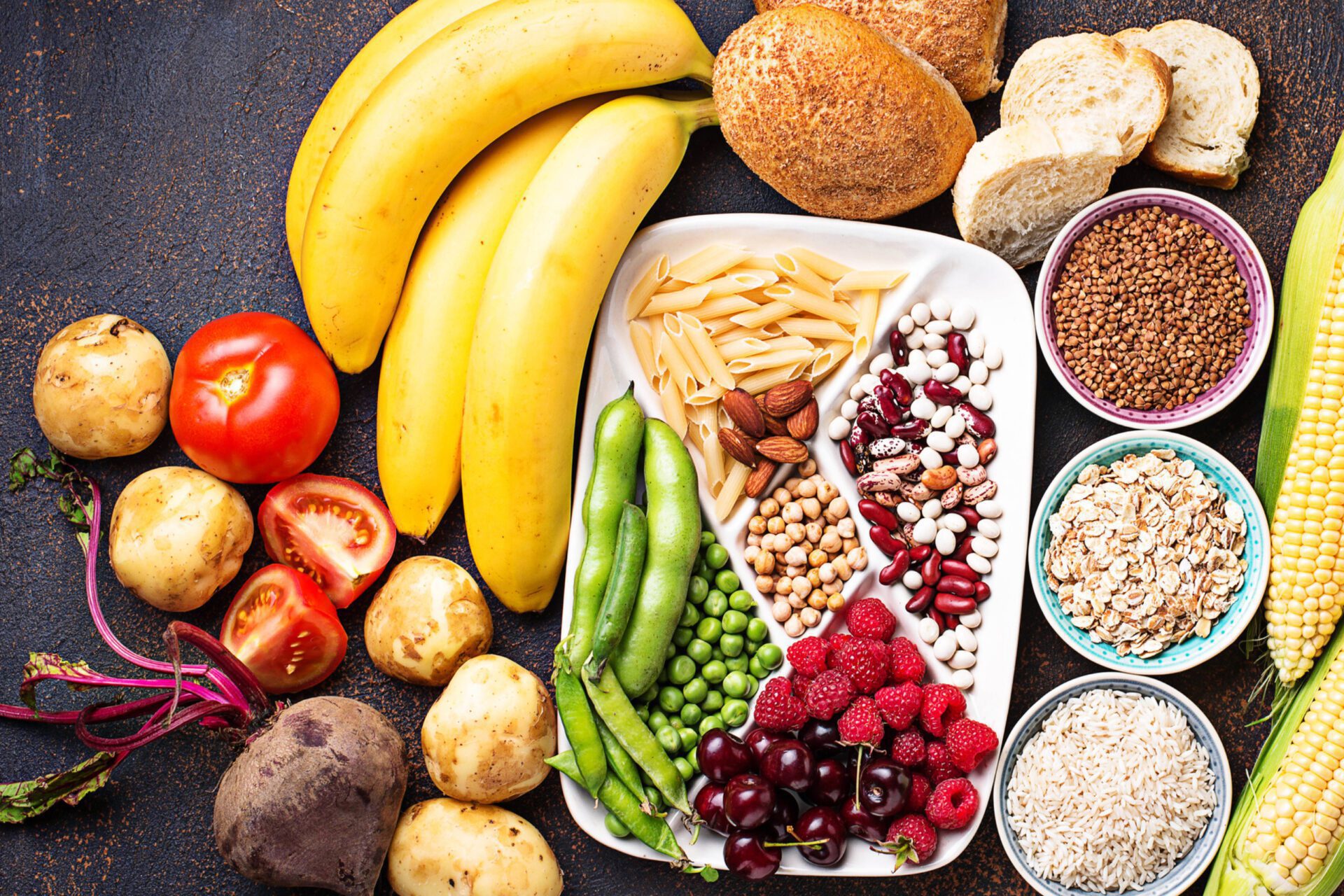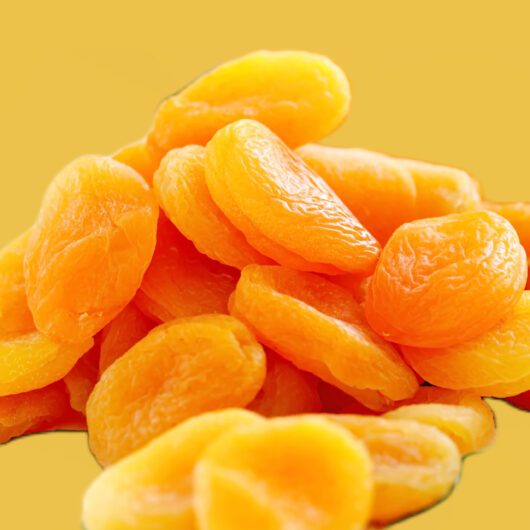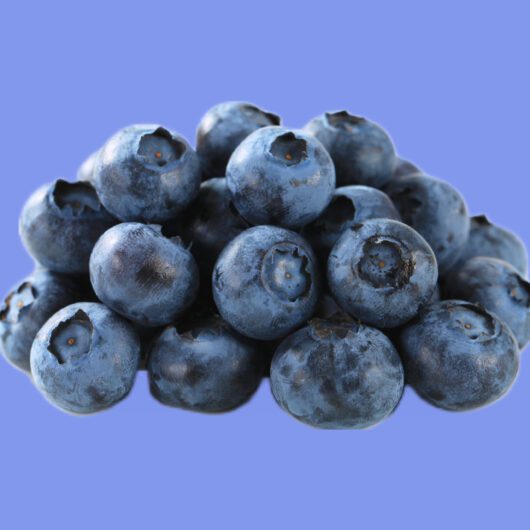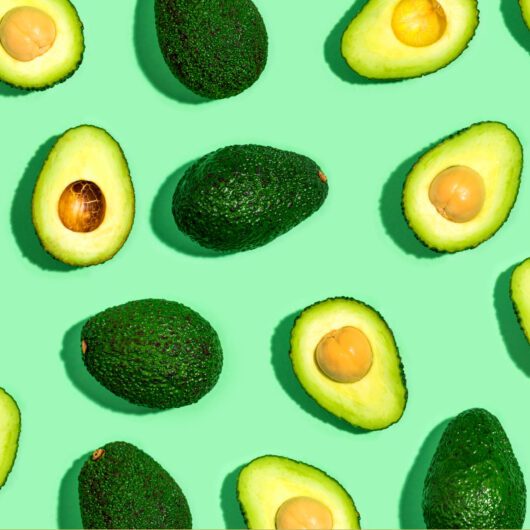Looking for 1:1 Support to Reach your Health Goals?
Check out our Coaching and Personalised Programmes
-


1:1 Online Fitness and Diet Coaching Subscription
£184.99 inc VAT / monthFOR ALL ABILITY LEVELS
What To Expect
- Results Or Your Money Back*
- Custom Fitness & Nutrition Plans
- Free Recipe & Cookbooks
- Weekly 1:1 Online Coaching (45 min)
- 24/7, 1:1 Support – Tel, Text, Email
- Data & Performance Tracking
- Ongoing Programme Updates
-


In Person Coaching Session
£59.87 inc VATFOR ALL ABILITIES
What To Expect
- 60-Minute In Person Coaching
- Bristol, UK Area Only
- At Your Home Or Chosen Place
- Use For A Fitness Session
- Use For A Nutritional Session
- Use For A Life Coach Session
- Progress In Your Chosen Area
- Simply Book Your Hour Below
-


1:1 Online Coaching Session
£49.50 inc VATFOR ALL ABILTY LEVELS
What To Expect
- 60-Minute Online Personal Coaching
- Use For Fitness, Nutrition Or Mind
- Live Workout Technique Review
- Instant Nutritional Guidance
- Real-Time Life Challenge Solutions
- Expert Feedback and Direction
- Actionable Takeaways Guaranteed
- Simply Book Your Hour Below





















